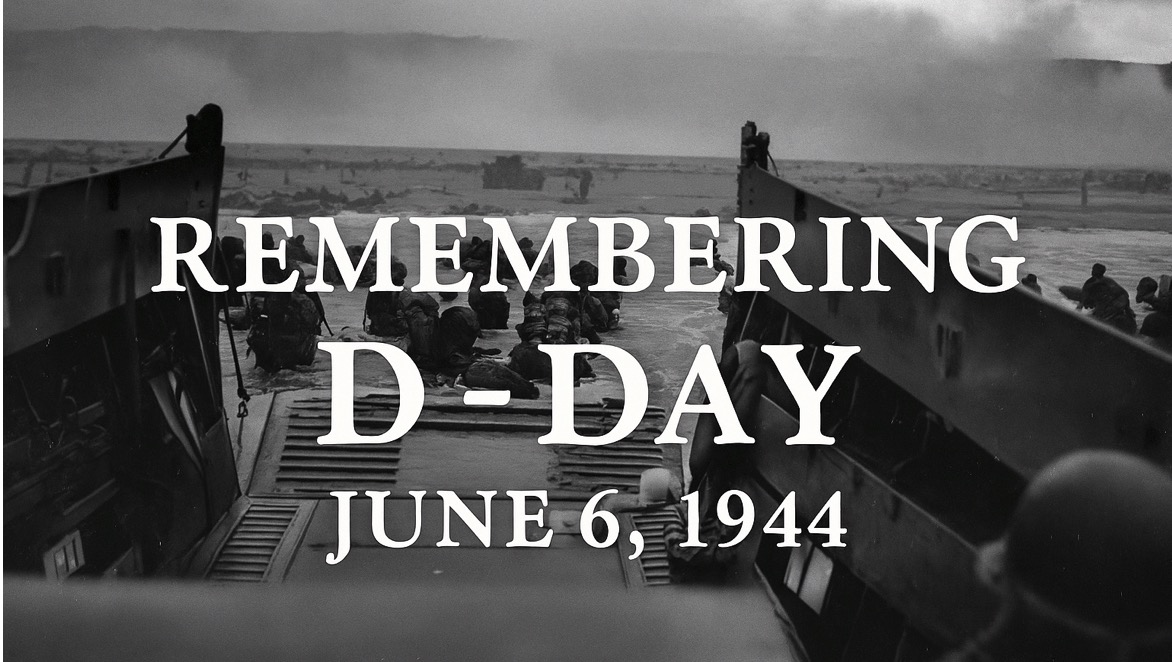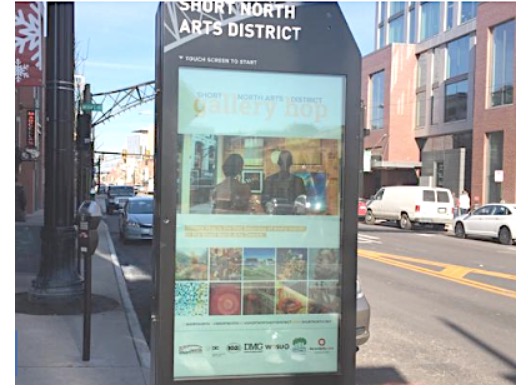CommentsGUEST COMMENTARY - I wish to call your attention to what I believe to be the improper noticing of meetings by the City Tourism Commission, especially a detailed proposal to place advertising structures on public sidewalks and parkways.
For the City Tourism Commission meeting of March 16, 2022, there was no information included as to how the public might dial into the meeting to listen and/or to participate. At the top of the meeting notice, there was an instruction that those wishing to speak must submit a "Request to Speak" form to the Board Secretary prior to the commencement of the public comments for each agenda item of interest. However, there was no information provided as to where one might obtain such a form or where it might be posted. Additionally, there was no contact information given for the Board Secretary.
I was particularly concerned as I wished to hear the presentation on the "Proposed Visitor Kiosks" (Item number 5 on the agenda). The title of the agenda item sounds innocuous enough until one looks into what the program proposes to place on our sidewalks and parkways -- citywide (except for Councilmember Blumenthal's district). It is even more troubling to note that the Tourism and Convention Bureau had entered into a letter of intent for the program without any public outreach. That letter of intent expired at the end of December 2021, and it appears that the program was waiting for LA’s Sidewalk and Transit Amenities Program’s (STAP) adoption through a new LA Municipal Code (LAMC) that would have allowed advertising structures on the public right-of-way, in addition to those already allowed only for transit shelters by code. STAP does not need a new LAMC section to be adopted, but the new LAMC section was inserted for other purposes -- likely for an Interactive Kiosk Experience (IKE) and the Metro Transit Communications Network.
There is mention that materials submitted to the City Tourism Commission after distribution of the agenda packet are available for public inspection in the Executive Office of the LA Convention Center. Are those materials later scanned to be made available to the public for inspection? How then are those materials accessed online?
For the Commission's meeting of July 13, 2022, I note that a meeting ID number and dial in number were provided. However, there is still no information as to how the public could obtain a "Request to Speak" form and no mention of the contact information (phone and/or email) for the Board Secretary.
While there is note at the bottom of the meeting notice that the City does not discriminate based upon disability, there are no instructions as to how one in need could obtain reasonable accommodation to ensure equal access to the Commission's meetings.
I do not believe that the City Tourism Commission is meeting the City's standards for proper public notification and engagement.
How may one sign up to receive regular notifications on items of interest?
The manner in which the IKE program has been considered thus far has been done without any public outreach or engagement. The placement of digital advertising kiosks across the City with Neighborhood Councils and communities having no knowledge about the plans or any say as to where these structures might be placed is extremely troubling. It also appears that City Council Members will have no defined mechanism to determine the placement of advertising structures on public rights-of-way in their districts.
The entire nature and scope of the program is of great concern. The potential cumulative impact on communities particularly when coupled with additional advertising programs being considered by the City under the STAP and the Metro Communications Network program adds additional concerns.
- What has been the discussion regarding environmental clearances for this program?
- Where has there been discussion related to public safety and driver distraction associated with changing digital?
- What about the impact on the safety of our most vulnerable street users?
The City is failing in its duty to do adequate outreach and communication with its stakeholders. None of the advertising programs under consideration have incorporated a mechanism for communities to participate in what happens on their streets, with decision making powers granted to appointed bodies, such as the Board of Public Works... and now perhaps the Tourism Commission or Board?
I do not believe that the City Tourism Commission's notifications meets the standards and requirements of the City. The placement of changing digital advertising structures on our City's PUBLIC right-of-way is a matter of great concern to all communities, and it must be considered in an open and transparent manner. It should not be hidden behind abbreviated titles like "IKE Smart City" or "Visitor Kiosks." The proposed placement of HUNDREDS of digital advertising structures on our streets does not appear to be a program whose principal purpose is to provide tourist/visitor information. Rather, it appears to be an advertising program, and the public should have a voice in determining whether their public right-of-way is for sale to commercial advertisers.
While I do not support the use of the public right-of-way for advertising structures and believe the City should be planting trees if there is room on the right-of-way for anything to be added, there appears to be a failure on the part of City policymakers to look at how to maximize advertising revenues via the minimum number of ad faces on our streets. The apparent rush by Public Works, Metro, and the Tourism Board and Commission to add more and more advertising structures is not a sound approach to creating "Great Streets," for sustainability, or for generating stable income. Aesthetically, it is a disaster and will have negative impacts on the quality of life of those in their proximity. From an economic point of view the value of each sign / sign program is reduced with the addition of new competing messaging devices. Where is the leadership on this?
Most importantly, how can the City be considering implementing advertising programs that will endanger the City's hard-fought right to regulate off-site advertising within the parameters established in earlier court decisions? The proliferation of City advertising programs will surely draw the attention of outdoor advertising companies who have long sought to erect their own off-site advertising structures in Los Angeles. One would be hard pressed to believe that the City's current direction will not serve as an invitation to new rounds of litigation. Where is the analysis of the legal risks associated with the adoption and implementation of any of these programs? Surely one must question whether they meet the parameters established by the courts when looked at in their entirety.
Where is the City Planning Commission's role in overseeing the crafting of an overarching set of policies consistent with the intent of the Sign Ordinance, the proposed Sign Ordinance (that was held hostage for years in PLUM by then-PLUM Chair Huizar), and the guidelines established by the courts? The Board of Public Works and City Tourism Commission do not have the responsibility for and have not been charged with establishing overarching City policy on these important issues. The establishment of such policy should rest with the Planning Department, and it should result from robust engagement with the public.
I request that this message be placed in the record for IKE with the City Tourism Commission, as well as with the Convention and Tourism Board where the IKE program appears to have originated. I request the City Clerk's office work with the City Tourism Commission to require better notification of future meetings and the development of processes for notification of interested members of the public and neighborhood councils. I trust that the City Attorney's office is somehow involved in the review of advertising programs under consideration to ensure that the City's ability to regulate off-site signage is not undermined or compromised in any way by the adoption of any of the proposed programs, and particularly by all of the programs viewed together.
Further, I trust that the City Planning Commission and the Planning Department will take an active role in the establishment of land use policies pertaining to signage on behalf of the citizens of Los Angeles. There must be an effort to establish a level playing field so those political forces currently seeking to occupy our public right-of-way with an ever-growing number of digital changing commercial advertising messages and structures will not be granted de facto authority.
(Barbara Broide is President of the Westwood South of Santa Monica Blvd. Homeowners Association. She is also a Board Members of the Coalition for a Scenic Los Angeles.)














